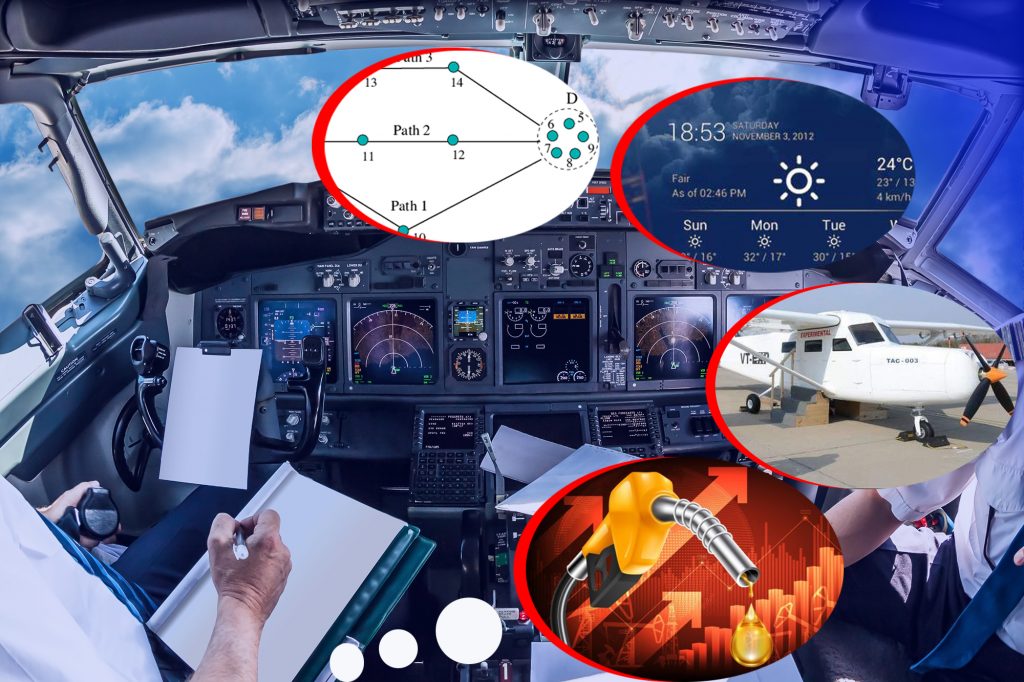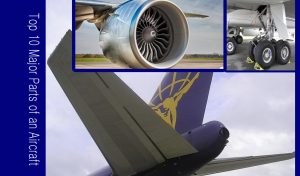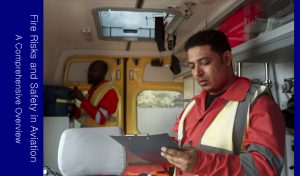There is a special thrill that comes with getting to the top. Whether you’re flying over scenic landscapes or navigating through clouds, flight planning is an essential talent that ensures your safety and the fulfillment of your journey. Throughout this book we’ll explore the intricacies of flight planning, explore a few do’s and don’ts, and provide real-life experiences to highlight the importance of proper implementation.

Flight planning goes beyond figuring out how to get from point A to object B. It is a meticulous plan with careful consideration of weather conditions, flight operations, runway strategies, and emergencies with step-by-step assistance to be distributed:
- Route Selection
Choose your desired route based on factors such as distance, airspace restrictions, and terrain. Utilize aeronautical charts and electronic navigation tools to determine the most efficient path.
Do: Consider alternative routes in case of unexpected changes like adverse weather or airspace closures.
Don’t: Neglect to check for temporary flight restrictions (TFRs) that might affect your route. - Weather Analysis
Thoroughly review weather forecasts and reports along your route. Pay attention to factors like wind speed, visibility, cloud cover, and thunderstorm activity.
Do: Use aviation weather apps and websites for real-time updates on weather conditions.
Don’t: Underestimate the impact of weather on flight safety. Always prioritize caution over convenience. - Aircraft Check
Ensure your aircraft is airworthy and well-maintained. Check fuel levels, engine performance, navigation equipment, and emergency systems.
Do: Conduct a pre-flight inspection according to your aircraft’s checklist.
Don’t: Rely solely on memory for pre-flight checks. Even experienced pilots can overlook important details. - Fuel Calculation
Calculate your fuel requirements, accounting for factors like distance, altitude, and potential diversions due to emergencies.
Do: Include a reserve for unexpected delays or route changes.
Don’t: Guess your fuel needs. Accurate fuel planning is essential for a safe flight. - Airspace and Regulations
Familiarize yourself with the airspace you’ll be traversing. Adhere to air traffic control instructions and be aware of any special procedures or regulations.
Do: Review NOTAMs (Notices to Airmen) for any temporary changes to airspace or airport operations.
Don’t: Enter restricted airspace without proper clearance or authorization.
Dos and Don’ts Recap
Dos:
- Meticulously plan your route, considering alternatives and potential obstacles.
- Stay updated on weather conditions and changes using reliable aviation weather sources.
- Follow pre-flight checklists for aircraft inspections.
- Calculate fuel needs accurately and include reserves for unexpected situations.
- Respect airspace regulations and air traffic control instructions.
Don’ts:
- Neglect temporary flight restrictions and other airspace limitations.
- Underestimate the impact of weather on your flight.
- Rely solely on memory for pre-flight checks; always follow a checklist.
- Guess your fuel requirements; precise calculations are crucial.
- Enter restricted airspace without proper authorization.
Final Thoughts
Flight planning is the backbone of a safe and successful flight. It involves a blend of careful consideration, meticulous calculations, and continuous awareness of changing conditions. By learning from real-life experiences, both our own and those of fellow pilots, we can sharpen our skills, improve our decision-making, and enhance the joy of navigating the skies as private pilots. So, keep your passion for flying high and your commitment to flight planning even higher!









